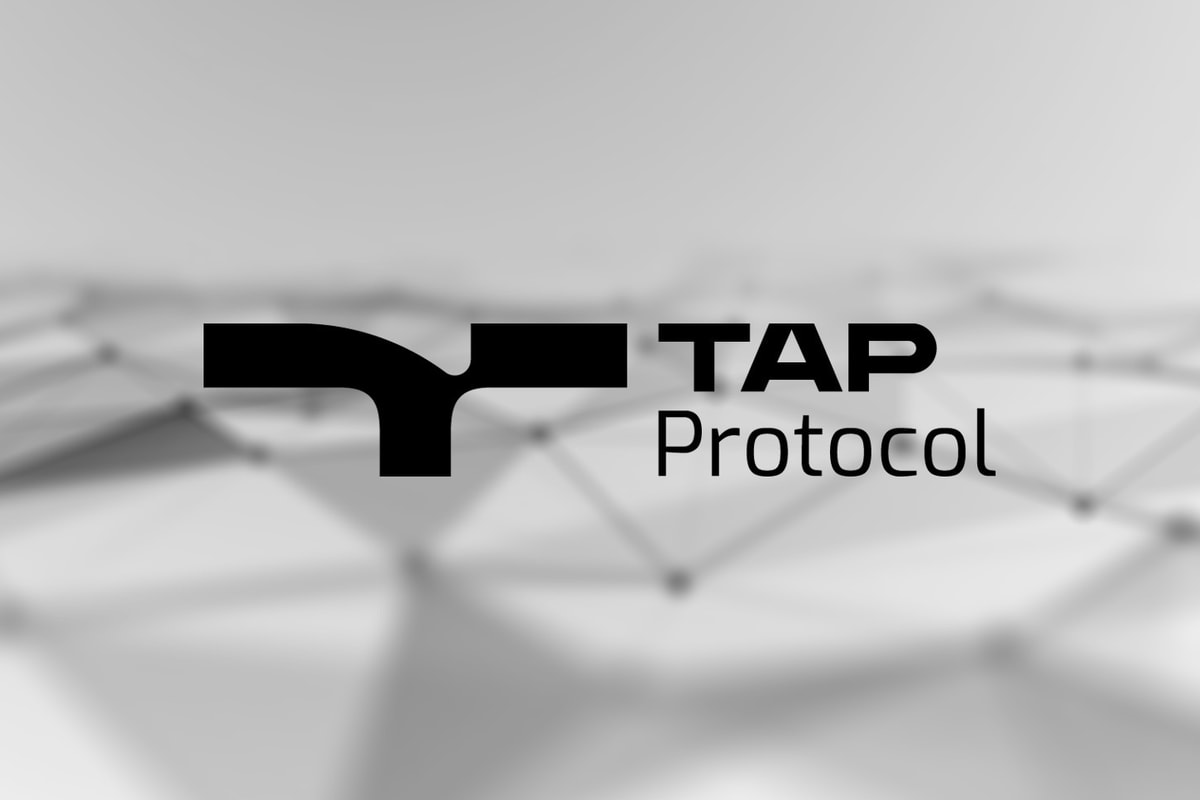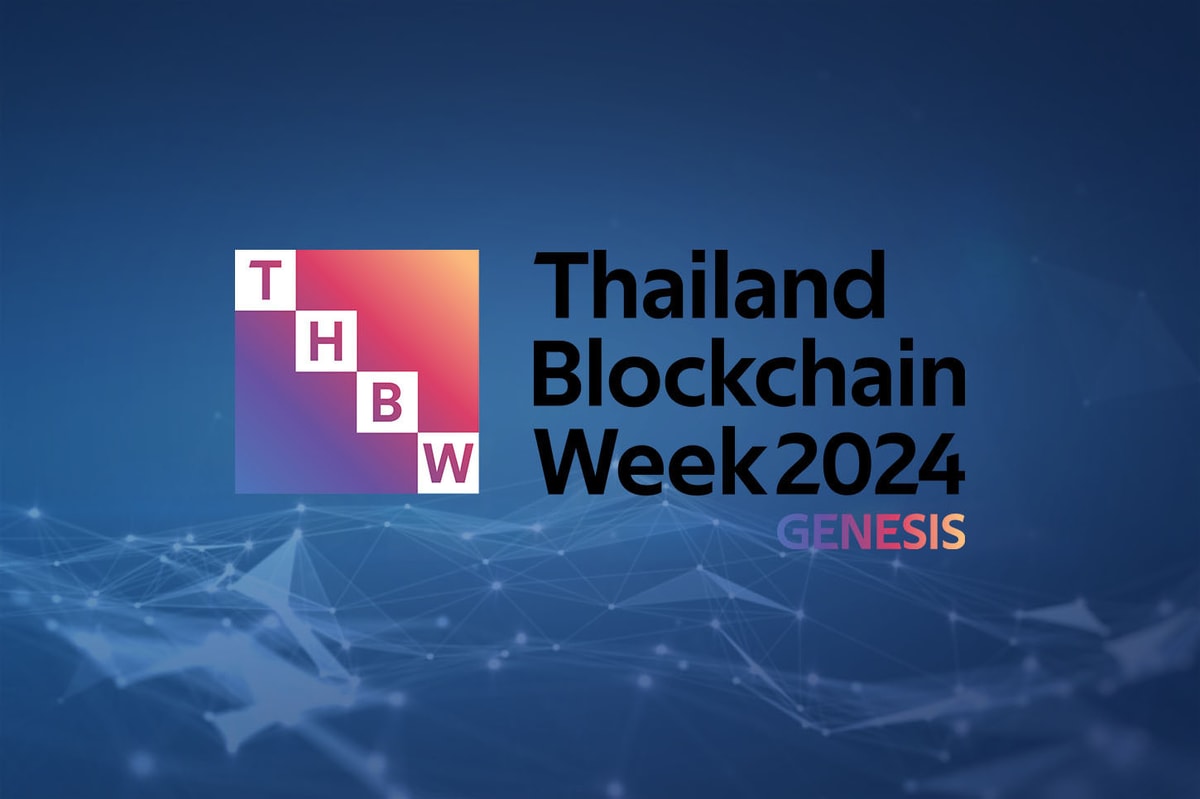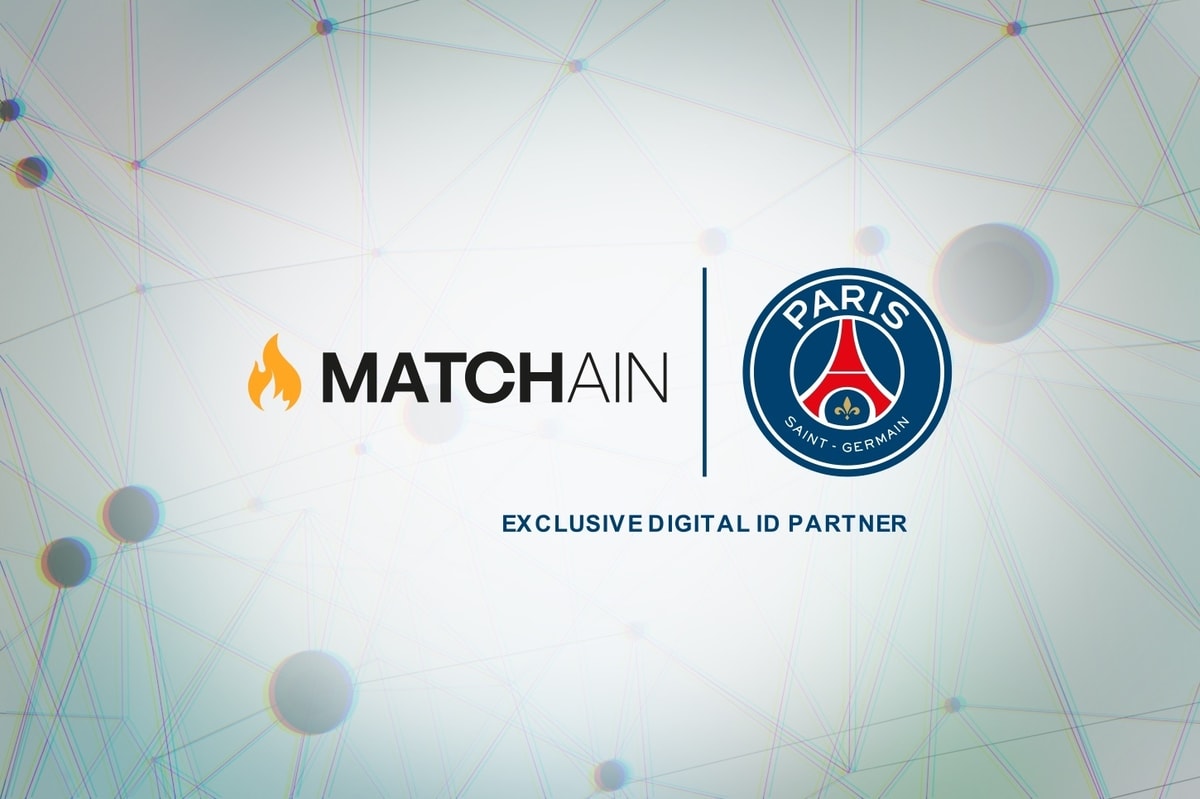For all its development over the past 12 years, blockchain technology is still quite far from being able to accommodate the entire world despite the fact that mass adoption is its primary goal. For example, the two largest token projects right now, Bitcoin and Ethereum, can only process a handful of transactions per block, with Bitcoin taking as long as 10 minutes to process each block.
Ethereum is slightly better but still far below the level it needs to be in order to be able to handle the demand. Yes, there were numerous projects that have attempted to achieve scalability, some of which are partially successful. One example is EOS, but EOS can only perform a few thousand transactions per second. While this is certainly better than what Bitcoin or Ethereum can handle, it is nowhere near what centralized financial markets can process, which can be measured in tens of thousands of transactions per second.
In other words, blockchain remains underdeveloped, and until it can match centralized systems, it cannot hope to replace them. However, blockchain does have the necessary potential to do this. In fact, a correctly structured system can and must be able to handle millions of active users and still offer a high-quality user experience. With the development of the DeFi sector and a greater focus on decentralized applications, accommodating the needs of a greater number of users has grown to be more important than ever, and The Glitch Project has emerged to satisfy that need.
What is Glitch, and what can it do to help?
Glitch is a blockchain agnostic super protocol and created in order to facilitate trustless money markets. Essentially, it is a blockchain-based operating system that was created specifically for DeFi applications. It does not plan to be a development platform for just any app. Instead, it will focus exclusively on DeFi apps.
To that extent, the project is focused on a number of areas that need to perform flawlessly 100% of the time, including:
- High transactions speeds
- Low transaction fees
- Revenue sharing.
The project uses a delegated proof-of-stake consensus, which allows its blockchain to achieve a minimum speed of 3,000 TPS. The project’s network will be able to go a lot faster than what some of the most scalable blockchains out there can achieve — and definitely faster than what Bitcoin could ever offer after its 12 years of existence.
From the users’ perspective, the cheaper blockchain will always be a better option than the more expensive one regardless of which runs better. This is why Glitch is also focused on reducing transaction fees as much as possible so that users can keep as much of their money as possible for future trades and investments. Finally, Glitch also uses DPoS to provide a voting system for its users.
As a result, it maintains and improves the decentralization of the project and its network, and it incentivizes the network through revenue sharing.
What else does Glitch have to offer?
Glitch also has several products, the biggest and most important is the Glitch decentralized exchange. The exchange was created in collaboration with another project, Orion. It is capable of offering an unbeatable fee structure, the capability to handle even the largest transactions and to do it all at lightning speed.
The entire ecosystem is based on a group of core smart contracts, which keep things simple, make the project easy to understand even for those who are not experts in coding, while maintaining high levels of security.
In the future, the project plans to support some of the most popular code languages for smart contracts, thus making them available to everyone regardless of which language and chain they are used to working on.
Media details
Company: Glitch Finance
Website: https://glitch.finance/











